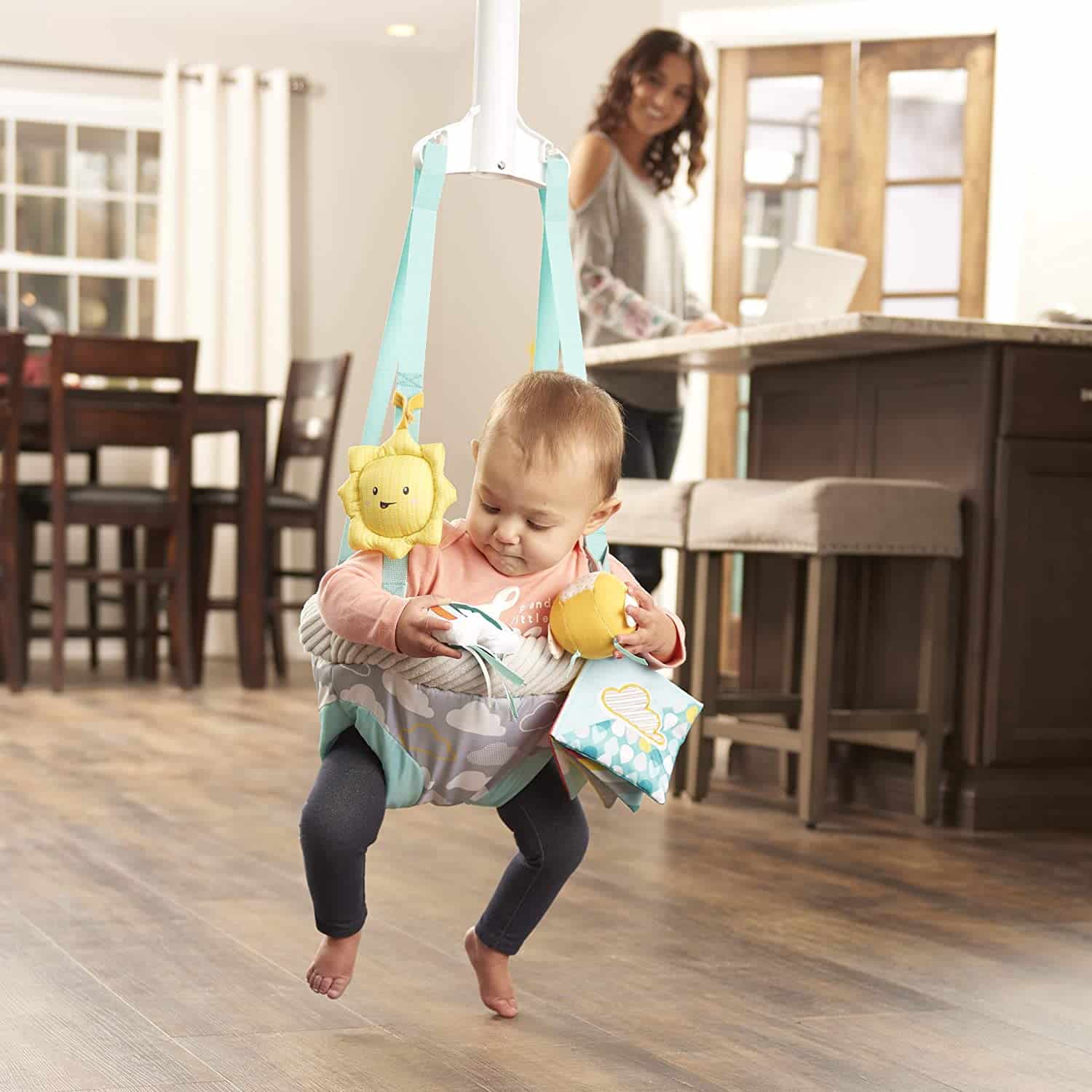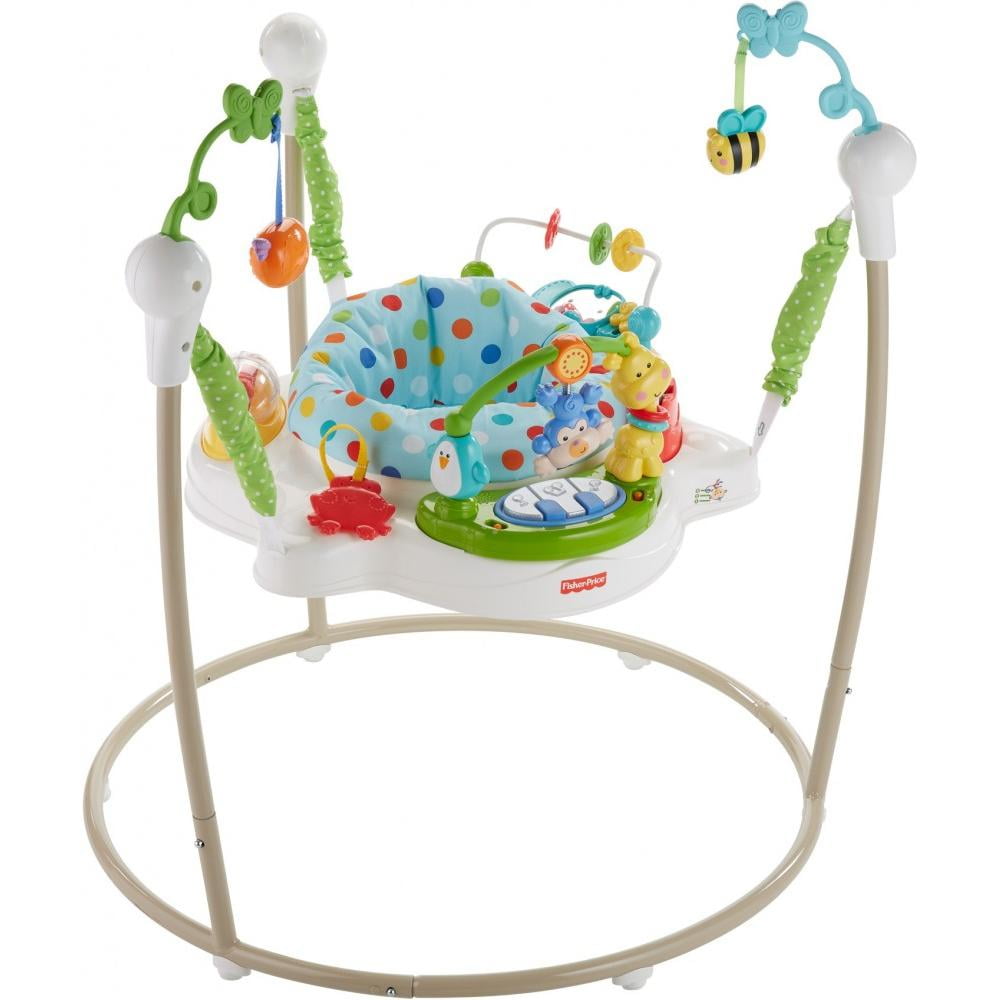
Two reviewers evaluated eligible articles and data were extracted about the first author, year of publication, title, journal, study population, sample size, study design, methods, demographic factors, study outcomes, study findings, and study limitations. The interventional studies were evaluated using PEDro scale. The review included both interventional and observational studies as well as case reports.
#Boy walker bouncer full
The inclusion criteria were applied as follows: 1) Studies that had evaluated the effect of baby walker on child development, 2) Published in full manuscript, 3) Published in English.

Two coauthors reviewed the titles and abstracts of all citations found by literature search and full texts of relevant papers were received thereafter.

Reference lists from potentially relevant papers were also hand searched to find any additional studies missed during our search. Same keywords were used to search Scopus. EMBASE was also searched with keywords “baby walker” OR “infant walker” AND “development OR walk. Google Scholar was searched for papers with the terms (“baby walker” OR “infant walker”) AND (development OR walk) anywhere in the article, without any limitation. PubMed query was (((baby OR infant OR pediatric OR pediatric OR child)) AND (walker OR runner)) AND (development OR walk). All articles, which fulfilled the inclusion criteria, were included without considering the year of publication. This study was conducted in Apr 2016 and updated in Apr 2017 using databases of Medline, EMBASE, Scopus, and Google Scholar.

In this study, we summarize previous findings on the effect of baby walker on child development. For these reasons, especially walker related injuries, baby walker sale has been banned in Canada since 1989 ( 10) and the American Association of Pediatrics has not recommended baby walker as well ( 5). Second, they prevent visual experience of moving limbs because of their design, believed to have a critical role in development of motor systems ( 9). First, they provide precocious locomotion in infants, which may interfere with the natural process, that an infant needs to take to develop ( 7, 8). The possible developmental delay can be discussed from two aspects. However, the missing point not neglected is the developmental delay that may occur among walker users ( 5). They are highly associated with accidents and injuries, happening in 12% to 50% of users ( 5, 6). Despite the popularity of baby walkers, there are notable concerns about them. The use of baby walker is based on cultural beliefs and personal interests of parents ( 4). About 50%-77% of parents of infants 3 to 12 months use baby walker ( 2, 3). To learn more about how and for what purposes Amazon uses personal information (such as Amazon Store order history), please visit our Privacy Notice.Baby walkers are known as fun entertaining equipment used for infants between 4 to 12 months of age globally ( 1). You can change your choices at any time by visiting Cookie Preferences, as described in the Cookie Notice.

Click ‘Customise Cookies’ to decline these cookies, make more detailed choices, or learn more. Third parties use cookies for their purposes of displaying and measuring personalised ads, generating audience insights, and developing and improving products. This includes using first- and third-party cookies, which store or access standard device information such as a unique identifier. If you agree, we’ll also use cookies to complement your shopping experience across the Amazon stores as described in our Cookie Notice. We also use these cookies to understand how customers use our services (for example, by measuring site visits) so we can make improvements. We use cookies and similar tools that are necessary to enable you to make purchases, to enhance your shopping experiences and to provide our services, as detailed in our Cookie Notice.


 0 kommentar(er)
0 kommentar(er)
